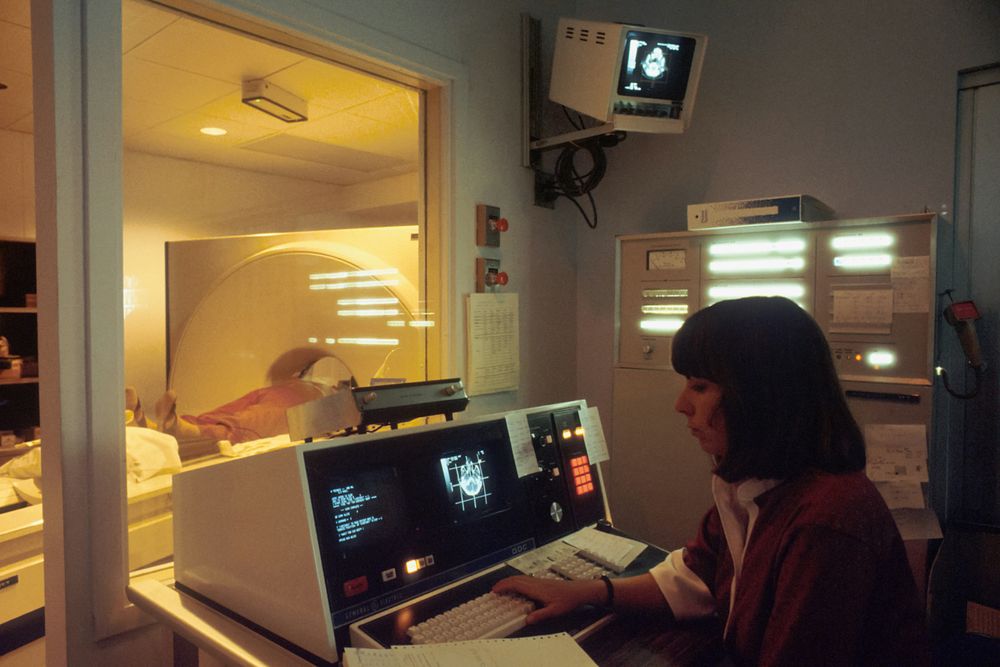What Every Clinic Needs to Know About Healthcare Process Automation
In the modern healthcare landscape, clinics face growing challenges, from rising patient expectations to overwhelming administrative demands. To keep pace without compromising care quality, many are turning to healthcare process automation. By replacing manual, repetitive tasks with intelligent digital systems, clinics can reduce errors, accelerate routine workflows, and enhance the overall patient experience.
This article breaks down what healthcare process automation means, why it’s essential for today’s clinics, and how you can implement it effectively to future-proof your practice.
What Is Healthcare Process Automation?
Healthcare process automation refers to the use of technology, such as artificial intelligence (AI), robotic process automation (RPA), and machine learning, to perform repetitive, time-consuming tasks without human intervention. These tasks may include appointment scheduling, patient intake, billing, communication, and record Management.
Instead of relying on manual processes, automation helps ensure that essential functions are completed accurately and consistently, allowing clinic staff to focus more on patient care.
Why Clinics Need to Embrace Automation
Manual workflows don’t just slow things down; they introduce unnecessary risk. A single misfiled document, a missed appointment, or an incorrectly entered patient detail can lead to delays in care, billing issues, or even compromised patient outcomes. In today’s data-driven healthcare environment, relying on outdated processes puts clinics at a disadvantage both operationally and clinically.
Healthcare process automation offers several advantages:
- Reduces administrative burden
- Minimises errors
- Speeds up service delivery
- Enhances communication
- Increases patient satisfaction
- Improves resource utilisation
Most importantly, automation doesn’t replace human interaction; it enhances it by allowing clinic staff to devote more attention to what matters most: the patient.
Key Areas Where Automation Can Make an Impact
1. Patient Appointment Scheduling
Traditional appointment scheduling often involves back-and-forth phone calls and potential human error. With automated systems like Cortico’s online scheduling system for clinics, patients can book, reschedule, or cancel appointments directly from a secure platform.
This not only empowers patients to manage their care conveniently but also reduces no-shows and frees up administrative staff.
2. Digital Patient Intake Forms
Filling out paperwork at the clinic can delay appointments and cause stress. Automating the intake process allows patients to complete digital forms before they arrive, reducing wait times and improving data accuracy.
To see how this works in practice, explore Cortico’s digital intake forms for clinics, which streamline data collection and help staff prepare in advance.
3. Automated Reminders and Follow-ups
Missed appointments and poor follow-up can affect patient outcomes and clinic revenue. With tools like automated reminders for clinics, patients receive timely text or email alerts about upcoming visits, medications, or follow-up tasks.
These reminders can be fully personalised, improving engagement and reducing no-show rates.
4. EMR Integration
Disconnected systems can lead to duplication, communication errors, and frustration for both patients and providers. With seamless EMR integration for patient engagement, all patient data—including appointments, messages, forms, and clinical history—is synchronised in one place.
This ensures that every healthcare professional involved in the patient’s care has access to the latest information, enabling faster and more informed decisions.
5. Billing and Insurance Verification
Healthcare billing is notoriously complex. Automating this process ensures faster verification of insurance, accurate billing, and faster claim submissions. This improves cash flow and reduces administrative overhead.
While tools for this can vary by provider, many clinics opt for integrated solutions that sync with their EMR and patient portals.
6. Two-Way Patient Communication
Patients expect more than just treatment; they want responsive, ongoing communication. Through two-way messaging for patient support, clinics can provide quick responses to patient questions, appointment confirmations, or lab results.
These secure platforms help maintain HIPAA compliance while improving accessibility and patient trust.
Benefits of Healthcare Process Automation
Implementing automation in your clinic leads to measurable improvements in both efficiency and patient care.
1. Increased Efficiency
Automated workflows reduce redundant tasks and save staff time, allowing more energy to be directed toward patient care.
2. Better Patient Experience
From shorter wait times to improved communication, patients appreciate the convenience and reliability of automated systems.
3. Error Reduction
Automation reduces manual input errors in documentation, billing, and data entry.
4. Scalability
As clinics grow, automated systems scale easily, handling more patients without the need for additional administrative staff.
5. Enhanced Compliance
Automation tools often come with built-in security and compliance features, helping clinics meet healthcare regulations and privacy laws.
How to Get Started with Process Automation
Adopting automation doesn’t mean overhauling your entire clinic overnight. Start small by identifying the most time-consuming manual tasks in your current workflow.
Here’s a step-by-step guide:
1. Audit Existing Processes
List all your administrative and clinical workflows. Identify bottlenecks, delays, and repetitive tasks.
2. Choose a Reliable Platform
Look for automation tools explicitly designed for clinics. Cortico, for example, offers customizable features that integrate with EMR systems, patient portals, and communication tools.
3. Train Your Staff
Automation should make your team’s life easier, not more complicated. Offer adequate training and ensure everyone understands how the system works.
4. Monitor and Optimise
Once implemented, review performance metrics regularly. Are patients responding to reminders? Is intake faster? Use this data to fine-tune your workflows.
Final Thoughts
Healthcare process automation is no longer a futuristic concept—it’s a present-day necessity for clinics that want to improve efficiency, reduce costs, and deliver better patient care.
From appointment scheduling and intake forms to EMR integration and patient communication, the right automation tools can completely transform how clinics operate. By adopting platforms like Cortico, clinics can stay ahead in a competitive healthcare landscape while enhancing both provider and patient satisfaction.


